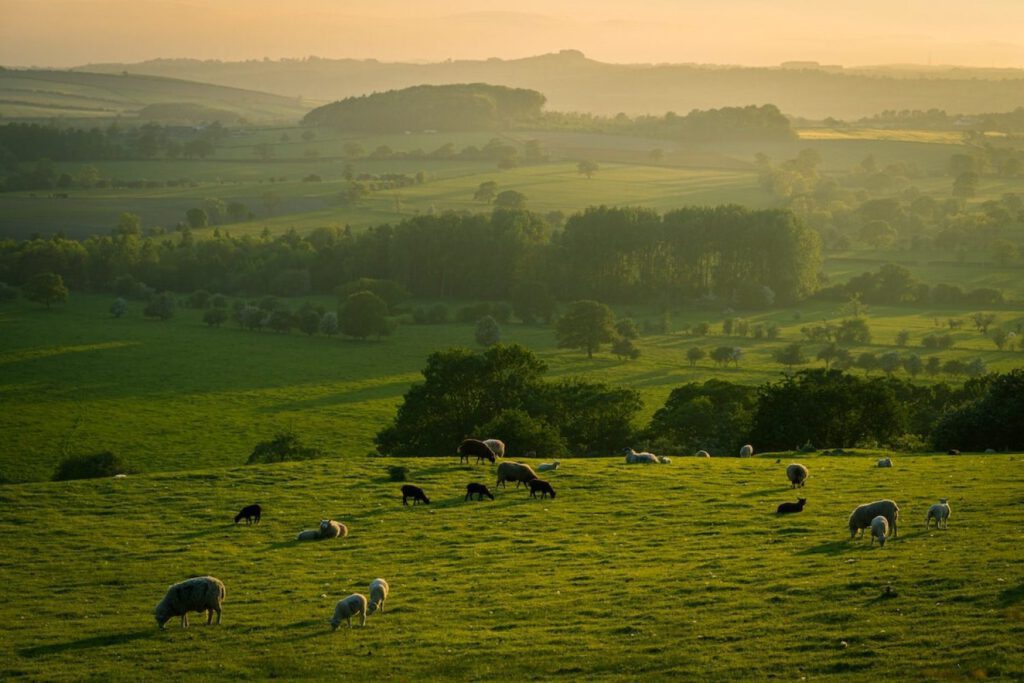Cultured meat
No-kill burgers, low-carbon steaks, rewilded farmland – that’s what the cultured meat industry promises. But can it deliver?

We now know that the egg came first. Then the chicken. At least, that’s how Eat Just has done things.
In 2019, the US cultured meat company began selling vegan eggs made from mung beans. Compared to conventional eggs, their version required 98 per cent less water to produce, used 86 per cent less land and emitted 93 per cent fewer CO2 emissions. Or so they said.
A year later, they started selling lab-made chicken in Singapore, the world’s first cultivated meat product approved for human consumption. Compared with a conventional chicken, it needed 78 per cent less water, 95 per cent less land, and emitted 92 per cent fewer CO2 emissions, according to the firm.
Global meat production has more than quadrupled since 1961. Consumption has increased by nearly 87 per cent. Livestock production is now responsible for an estimated 14.5 per cent of human-induced greenhouse gas emissions. Our food system is driving biodiversity loss, deforestation and water pollution.










